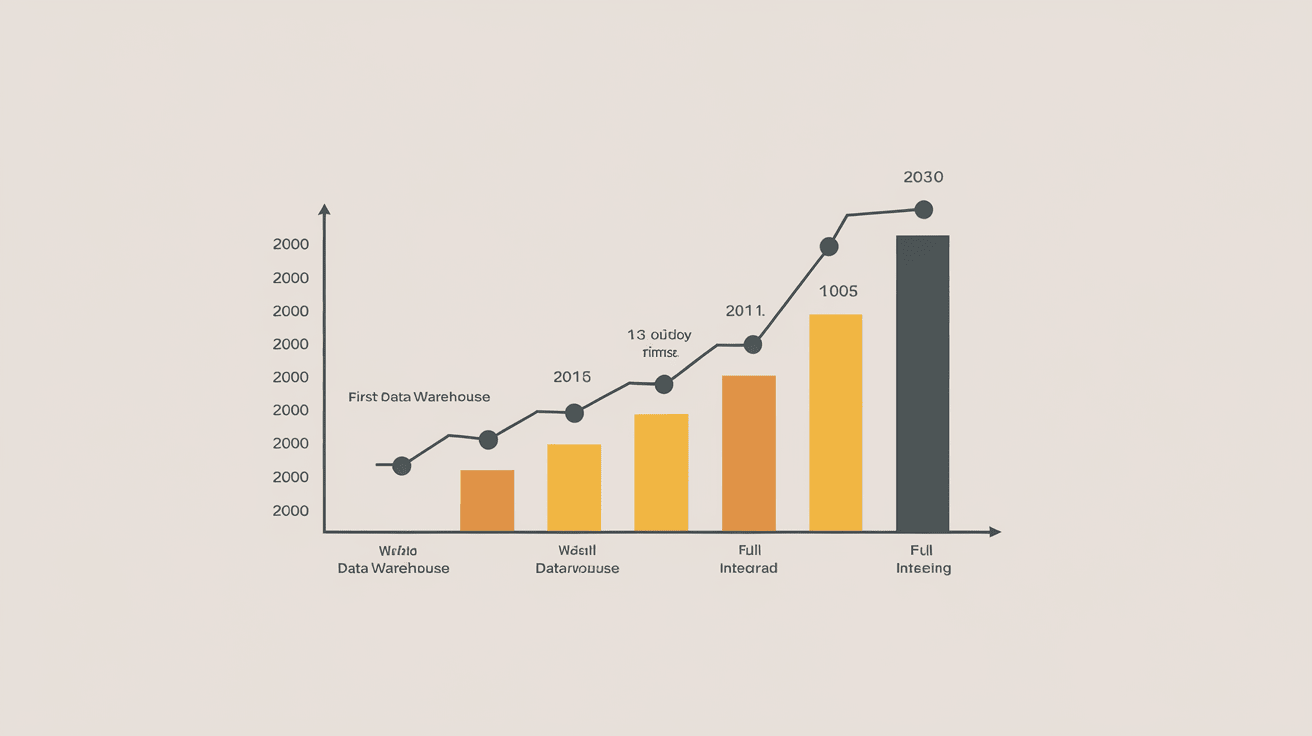Implementing Data Anonymization Techniques in Banking

Introduction: The Growing Need for Data Anonymization in Banking
In an era where digital banking, open finance, and AI-driven analytics are revolutionizing the financial industry, the protection of customer data privacy has become a major concern. Banks collect and process vast amounts of personally identifiable information (PII), including customer names, addresses, bank account details, transaction history, and credit scores.
With increasing regulatory scrutiny (GDPR, CCPA, PSD2) and the rise of cyber threats, banks must adopt data anonymization techniques to protect sensitive customer data while ensuring they can still derive valuable analytical insights for fraud detection, credit scoring, and risk management.
This article explores data anonymization techniques in banking, their benefits, challenges, real-world applications, case studies, and emerging trends, helping financial institutions strike the right balance between data privacy and data-driven innovation.
What is Data Anonymization in Banking?
Definition
Data anonymization is the process of removing or obfuscating personally identifiable information (PII) from datasets to ensure that individuals cannot be directly or indirectly identified while maintaining the data’s analytical utility.
Key Objectives of Data Anonymization in Banking
- Enhance Data Privacy – Protect sensitive customer information from unauthorized access.
- Regulatory Compliance – Ensure adherence to GDPR, CCPA, and financial data protection laws.
- Enable Data Analytics – Allow banks to use anonymized data for AI-driven insights, fraud detection, and customer segmentation.
- Prevent Identity Theft & Fraud – Reduce the risk of customer data breaches and financial fraud.
Data Anonymization Techniques Used in Banking
1. Data Masking
- What it does: Replaces sensitive data with altered or randomized values while maintaining its usability.
- Use case: Hiding customer account numbers in transaction receipts while preserving data structure for analysis.
- Example: JPMorgan Chase masks PII when sharing data with third-party financial partners.
2. Data Tokenization
- What it does: Replaces sensitive information with unique tokens that can be mapped back to the original data via a secure token vault.
- Use case: Encrypting credit card numbers and social security numbers for secure transactions.
- Example: Visa and Mastercard use tokenization for secure online payments.
3. Generalization
- What it does: Removes specific details and replaces them with a broader category (e.g., replacing an exact birth date with just the birth year).
- Use case: Aggregating customer demographics for market analysis without exposing individual identities.
- Example: Bank of America uses generalization for customer trend analysis while preserving anonymity.
4. Data Perturbation
- What it does: Introduces small random noise to numerical data to protect privacy while maintaining statistical accuracy.
- Use case: Adding random variations to salary data in risk models to prevent reverse identification.
- Example: Citibank applies perturbation to transaction data for fraud detection analysis.
5. K-Anonymity
- What it does: Ensures that each anonymized record is indistinguishable from at least k other records in the dataset.
- Use case: Preventing re-identification of users in credit risk datasets.
- Example: HSBC applies K-anonymity techniques when sharing customer insights with FinTech partners.
6. Differential Privacy
- What it does: Adds mathematical noise to query results to prevent attackers from identifying individual data points.
- Use case: Ensuring that AI-driven insights do not reveal sensitive customer details.
- Example: Apple and Google use differential privacy for data analytics without compromising individual identities.
7. Synthetic Data Generation
- What it does: Creates artificial data with similar statistical properties as real customer data, allowing for analytics without exposing actual PII.
- Use case: Testing AI models and fraud detection algorithms without using real customer records.
- Example: Goldman Sachs uses synthetic data for AI-driven financial product simulations.
Benefits of Data Anonymization in Banking
1. Regulatory Compliance & Legal Protection
- Compliance with GDPR, CCPA, PSD2, Basel III, and other financial privacy laws is essential.
- Example: Deutsche Bank implemented anonymization strategies to meet GDPR compliance standards.
2. Secure Data Sharing with Third-Party Partners
- Enables banks to collaborate with FinTech firms, insurance companies, and AI analytics platforms without exposing customer PII.
- Example: Wells Fargo anonymizes transaction data when partnering with InsurTech firms.
3. Reduced Cybersecurity Risks & Data Breaches
- Anonymized data minimizes risks from hacker attacks, ransomware, and unauthorized access.
- Example: Equifax suffered a massive data breach in 2017; anonymization could have reduced impact.
4. Enabling AI & Big Data Analytics Without Privacy Risks
- Banks can leverage anonymized datasets for fraud detection, risk modeling, and credit scoring while ensuring customer privacy.
- Example: Standard Chartered Bank uses AI-powered analytics on anonymized customer data.
Challenges of Implementing Data Anonymization in Banking
1. Maintaining Data Utility & Accuracy
- Over-anonymization can reduce data usability, making it difficult for banks to extract insights.
- Solution: Use differential privacy and synthetic data for privacy-preserving analytics.
2. Regulatory Complexity Across Different Jurisdictions
- Different countries have varying data protection laws, complicating anonymization strategies.
- Solution: Adopt multi-layered anonymization techniques that comply with international standards.
3. Risk of Re-Identification Attacks
- Advanced AI models can sometimes reverse-engineer anonymized data and re-identify users.
- Solution: Implement K-anonymity, differential privacy, and access control measures to prevent attacks.
4. Integration with Legacy Banking Systems
- Many banks still rely on legacy IT infrastructure, making anonymization implementation complex.
- Solution: Gradual migration to cloud-based anonymization platforms.
Case Studies: How Banks Are Using Data Anonymization
1. Citibank’s Privacy-Preserving Data Analytics
- Implemented: AI-driven synthetic data generation for fraud analysis.
- Results: Enhanced fraud detection accuracy without compromising customer privacy.
2. Deutsche Bank’s GDPR-Compliant Anonymization Strategy
- Implemented: Tokenization and differential privacy for regulatory compliance.
- Results: 100% GDPR compliance, ensuring legal protection.
3. HSBC’s Secure Data Sharing with FinTech Partners
- Implemented: K-anonymity and data masking for third-party collaborations.
- Results: Successfully partnered with AI-driven financial advisors without exposing PII.
Future Trends in Banking Data Anonymization
1. AI-Driven Privacy-Preserving Data Analytics
- AI models will automate anonymization while maintaining high data utility.
2. Blockchain for Secure Anonymized Data Sharing
- Decentralized identity solutions will enable zero-trust data sharing.
3. Federated Learning for Privacy-Safe AI Training
- Banks will use federated learning to train AI models without centralizing customer data.
4. Hybrid Anonymization Models for Open Banking
- Banks will adopt hybrid anonymization to enable PSD2-compliant open banking APIs.
Conclusion: The Future of Data Anonymization in Banking
As banks embrace AI, big data, and open banking, data anonymization will play a crucial role in balancing customer privacy with financial innovation. Financial institutions that invest in advanced anonymization techniques will not only comply with global regulations but also unlock new opportunities in secure data-driven analytics.
By adopting AI-driven anonymization models, blockchain security, and regulatory-aligned data sharing frameworks, banks can protect customer privacy while driving digital transformation in the financial sector.
#DataPrivacy #BankingSecurity #FinTech #AIinBanking #CyberSecurity #GDPRCompliance #AML #RiskManagement #FinancialData #Tokenization #DataProtection #OpenBanking #Blockchain #SecureTransactions #MachineLearning #DataAnonymization #CloudBanking #SyntheticData #BigData #RegTech

Introduction Data warehousing has played a pivotal role in the evolution of banking technology. As banks handle enormous volumes of…

Introduction The rapid growth of digital banking, financial technology (FinTech), and data-driven decision-making has created a pressing need for scalable…